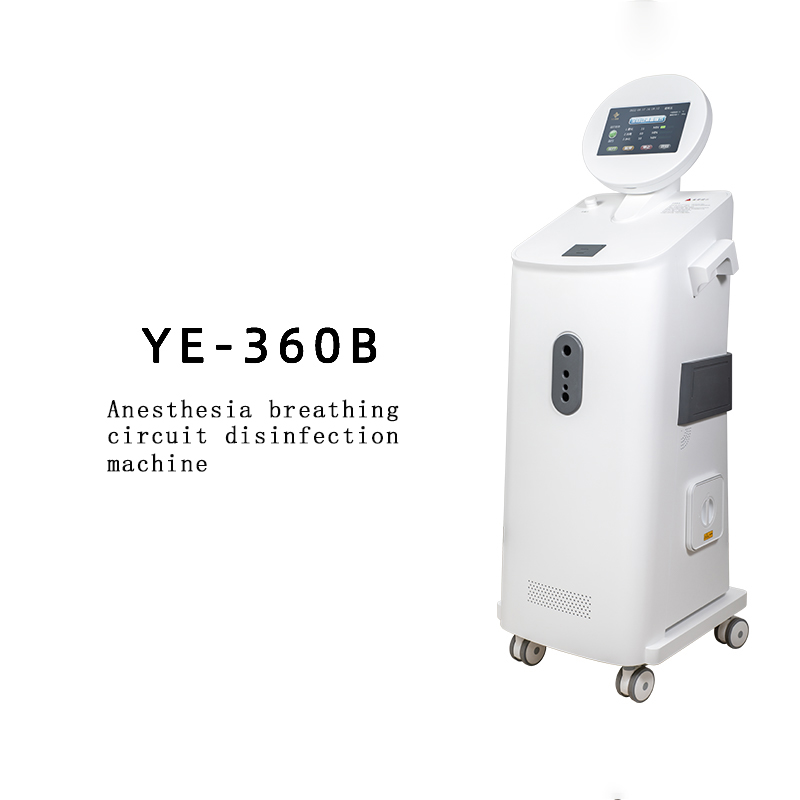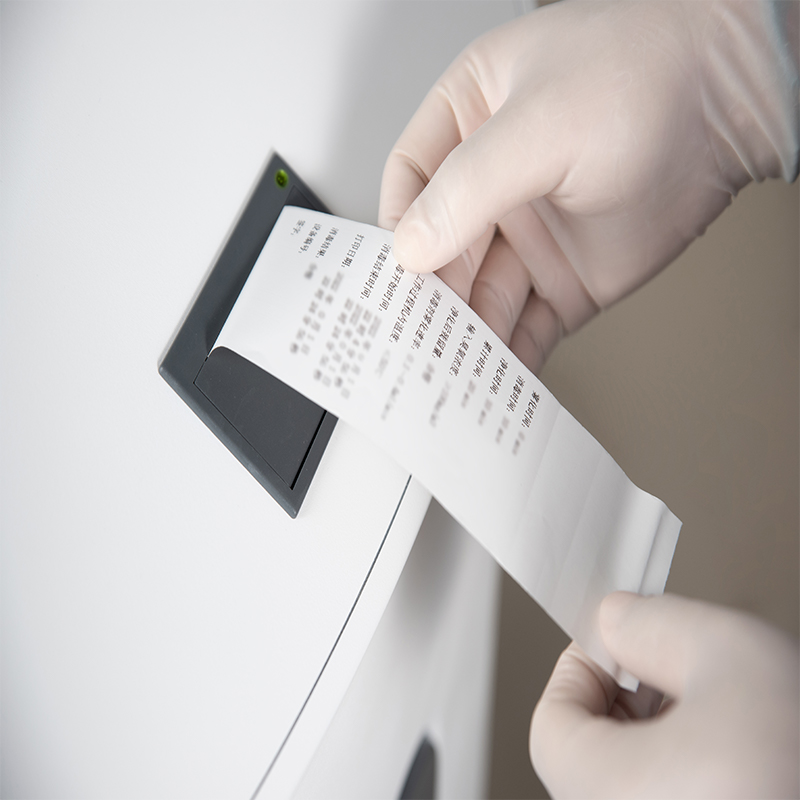Enhancing Safety Measures: Internal Cycle Disinfection of Anesthesia Machine
The Disinfection Process:
Internal cycle disinfection of anesthesia machines involves a series of steps to remove contaminants and ensure a clean and safe environment for patients. The process begins with the proper disconnection of the machine from gas and power sources. The components that come in direct contact with the patient, such as breathing circuits, vaporizers, and masks, are disconnected and removed for separate cleaning. The remaining parts of the machine, including the internal tubing, flow sensors, and valves, are thoroughly cleaned and disinfected using appropriate disinfectants recommended by the manufacturer.
Significance of Regular Maintenance:
Regular maintenance of anesthesia machines plays a crucial role in preventing the buildup of contaminants and ensuring their optimal performance. Routine check-ups and servicing should be carried out to identify any potential issues or malfunctions in the machine. Regular cleaning and disinfection should be conducted as per established protocols, including routine inspection of the internal components. This ensures that the machine operates efficiently, reducing the chances of infections and ensuring patient safety.
Adherence to Protocols:
To ensure effective disinfection, it is essential to follow established protocols provided by the manufacturer or the healthcare facility. These protocols may include specific cleaning agents or disinfectants, recommended contact times for effective disinfection, and guidelines for handling and disposing of contaminated materials. Adherence to these protocols is crucial to eliminate any residual pathogens and maintain a sterile environment within the anesthesia machine.
Conclusion:
Internal cycle disinfection of anesthesia machines is vital for enhancing patient safety and preventing the spread of infections. Regular maintenance, thorough cleaning, and adhering to established protocols are essential in ensuring the optimal performance of the machines. By implementing robust disinfection practices, healthcare facilities can create a safer environment for patients undergoing surgical procedures. A commitment to internal cycle disinfection is a significant step forward in safeguarding patient well-being and improving the overall quality of healthcare services.

